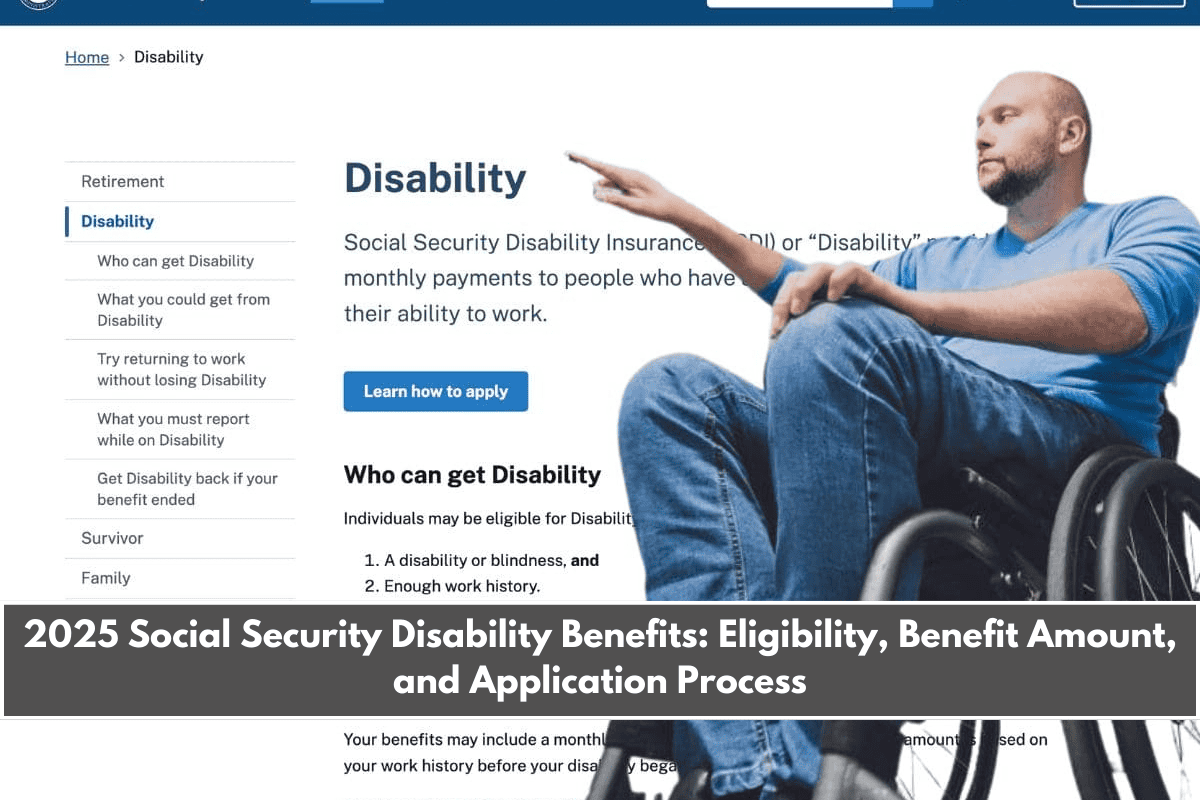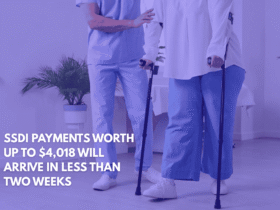Millions of Americans living with serious health issues may be eligible to receive monthly payments from the Social Security Disability Insurance (SSDI) program. Run by the Social Security Administration (SSA), this program helps people who are unable to work due to a long-term disability or legal blindness.
In 2025, many individuals and families can benefit from this program—if they meet the required conditions. Let’s understand who qualifies, how much you can receive, and what extra benefits are included.
Who Can Get SSDI Disability Benefits?
To qualify for SSDI in 2025, you must meet two main conditions:
1. You must have a disability or medical condition that:
- Stops you from working for at least one year, or
- Is expected to lead to death
2. You must have paid into Social Security through your job:
- Generally, this means working for at least 5 of the last 10 years
- Younger workers under the age of 24 may qualify with less work experience
You can check your eligibility anytime by visiting ssa.gov and logging into your personal account.
2025 Income Limits for Working Applicants
If you’re working while applying for SSDI, your earnings must stay below the allowed limit, known as Substantial Gainful Activity (SGA):
- $1,620 per month if you are disabled
- $2,700 per month if you are legally blind
If you earn more than this, your application may be denied. These limits are different for people who are self-employed.
What Benefits Will You Receive?
If approved, SSDI gives you:
- Monthly payments based on your past earnings
- Medicare health coverage starting two years after your SSDI eligibility date
- A welcome Medicare package will be sent 3 months before coverage starts
You can choose to opt out of Medicare Part B (medical insurance) if you don’t need it.
Faster Medicare for Special Conditions
Some serious medical conditions allow faster access to Medicare, such as:
- ALS (Lou Gehrig’s Disease) – You get Medicare as soon as SSDI is approved
- End-Stage Renal Disease (ESRD) – You qualify for Medicare:
- The same month you begin at-home dialysis, or
- Three months after starting outpatient dialysis, or
- When you get a kidney transplant
Can Family Members Get Benefits Too?
Yes. If you are approved for SSDI, your:
- Spouse
- Ex-spouse
- Children
may also be eligible for Family Benefits, which adds to your household income. This can be very helpful, especially if you have children or dependents.
Can You Get Extra Help with SSI?
If your income and savings are low, you may also qualify for Supplemental Security Income (SSI). This can provide up to $967 per month in 2025. You can receive both SSDI and SSI if you meet the eligibility for both.
If you don’t apply for SSI, SSA will simply inform you if you don’t qualify. It won’t impact your main Disability application.
What You Must Report While Receiving SSDI
To keep receiving your SSDI benefits without delay, you must report the following changes to the SSA:
| What to Report | Why It Matters |
|---|---|
| Changes in job status or income | Can affect your benefits |
| Improvement in your medical condition | May change your disability status |
| Bank account updates | Needed for Direct Deposit |
| Change of address or phone number | To receive important SSA messages |
| Change in citizenship or immigration status | Required for federal programs |












Leave a Reply